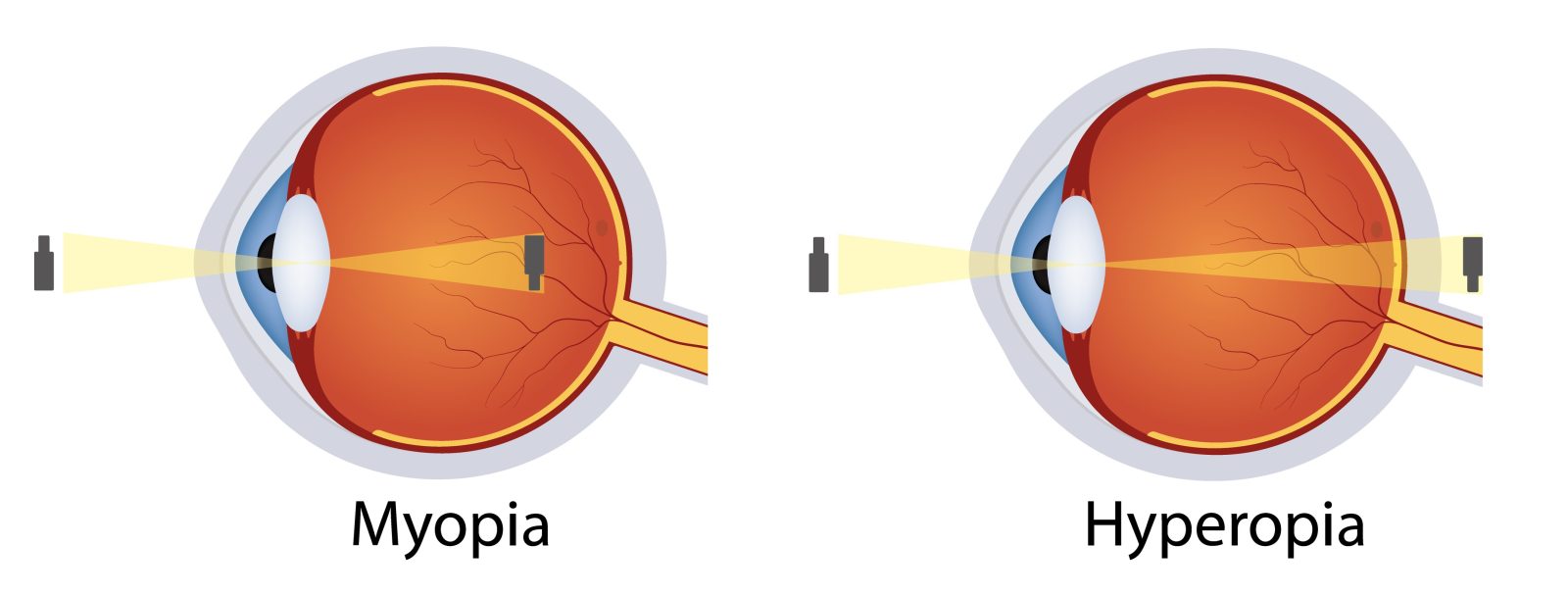
LASIK for Myopia (Nearsightedness)
Affecting a large portion of the global population, myopia is a significant concern in eye health. LASIK (Laser-Assisted In Situ Keratomileusis) surgery has emerged as a popular and effective solution for correcting this condition.
What is Myopia (Nearsightedness)?
Myopia, commonly known as nearsightedness, is a visual condition where close objects are seen clearly, but distant objects appear blurred. It’s caused by the eye’s shape, which focuses light in front of the retina instead of directly on it. LASIK (Laser-Assisted In Situ Keratomileusis) is a popular surgical procedure used to correct myopia.
What is Myopia?
Myopia is a vision condition where light entering the eye is focused incorrectly, making distant objects appear blurred. This usually occurs when the eyeball is too long or the cornea (the clear front cover of the eye) has too much curvature. Myopia is increasingly common globally, with a notable rise in prevalence in recent years, especially among children and adolescents.

Causes of Myopia
- Genetics: A major factor, especially if one or both parents are nearsighted.
- Environmental Factors: Activities involving prolonged close-up work, like reading or using electronic devices, may contribute to the development of myopia.
- Lifestyle Influences: Limited outdoor activity has been linked to the development and progression of myopia in children.
Symptoms of Myopia
- Blurred Vision: Difficulty in seeing distant objects clearly, like reading road signs.
- Squinting: Needing to squint or partially close the eyelids to see clearly.
- Headaches: Strain on the eyes can lead to headaches, especially after prolonged visual tasks.
- Eye Fatigue: Eyes may feel tired or sore after extended periods of use.
Diagnosis and Correction
- Glasses or Contact Lenses: The most common correction methods, specifically designed to counteract the focusing errors of the eye.
- Refractive Surgery: Procedures like LASIK can be considered for long-term correction, especially in adults.

Understanding LASIK
LASIK involves reshaping the cornea, the eye’s clear front layer, to allow light to be focused correctly on the retina. The procedure is performed by an ophthalmologist using a specialized laser. The key steps include:
- Creating a Flap: A thin flap is created on the cornea’s surface using a microkeratome blade or a femtosecond laser.
- Reshaping the Cornea: An excimer laser, which removes microscopic amounts of tissue, reshapes the cornea.
- Repositioning the Flap: The flap is carefully repositioned back on the cornea where it heals without the need for stitches.
Duration and Recovery
- The LASIK procedure typically takes about 20-30 minutes for both eyes.
- Recovery is relatively quick, with most patients noticing improved vision within 24 hours. However, complete healing can take several weeks.
Benefits of LASIK for Myopia
- Improved Vision: Most patients achieve 20/20 vision or better after the procedure.
- Quick Results and Recovery: The improvement in vision is almost immediate, and recovery is rapid.
- Reduced Dependence on Glasses/Contact Lenses: Many patients no longer need corrective eyewear.
- Long-Lasting Results: The effects of LASIK are usually permanent, although some might need minor adjustments years later.
Preparing for LASIK
- Consultation: A thorough eye exam and consultation with an ophthalmologist are essential to determine suitability for the procedure.
- Understanding Expectations: Discussing expectations and understanding potential outcomes and limitations is crucial.